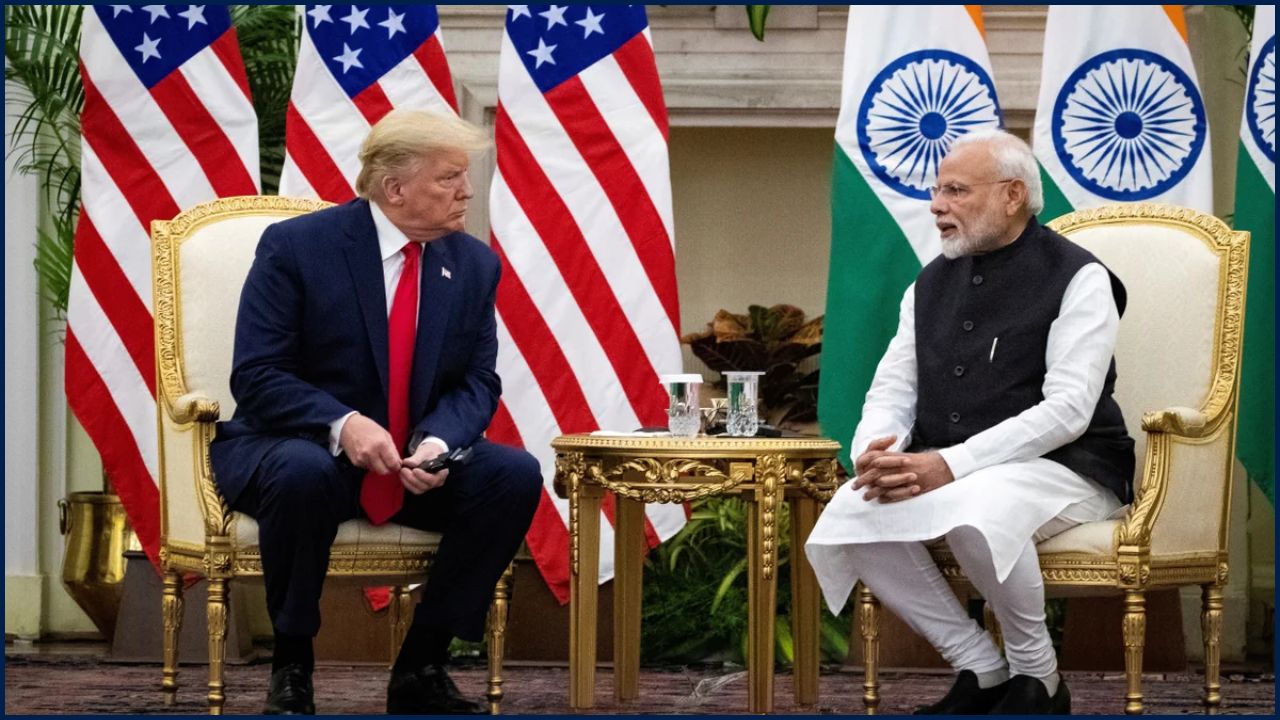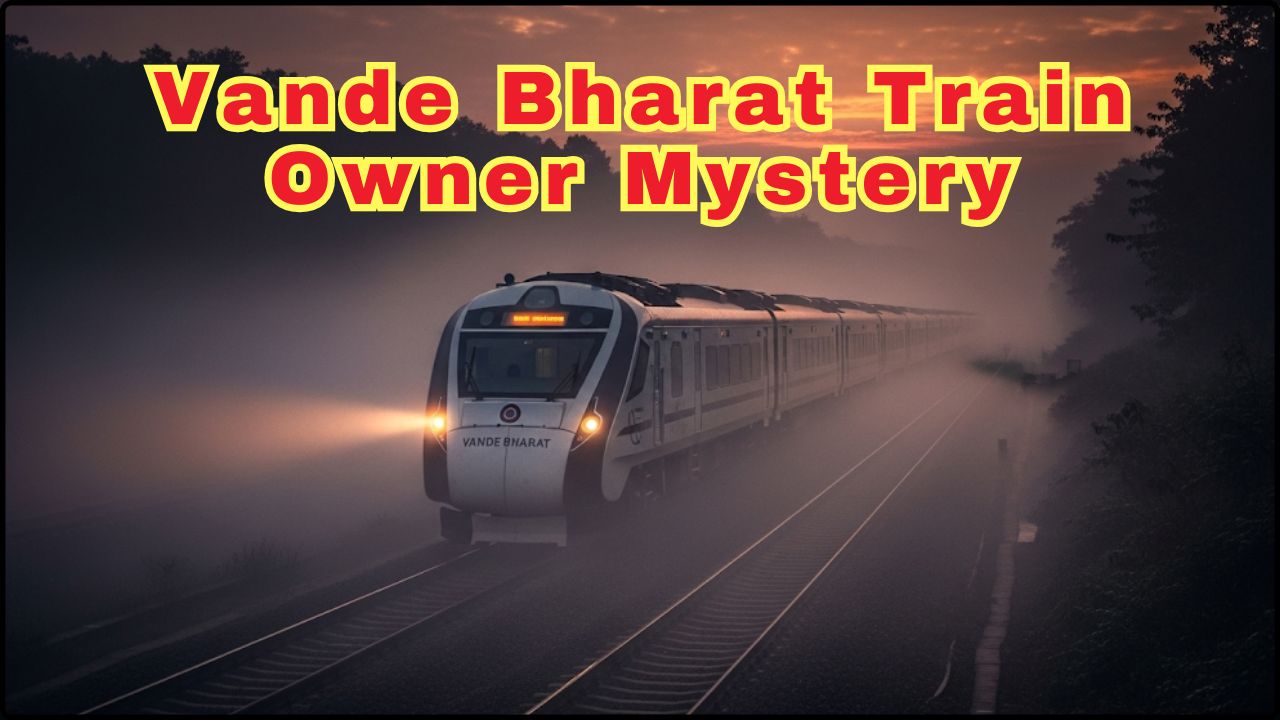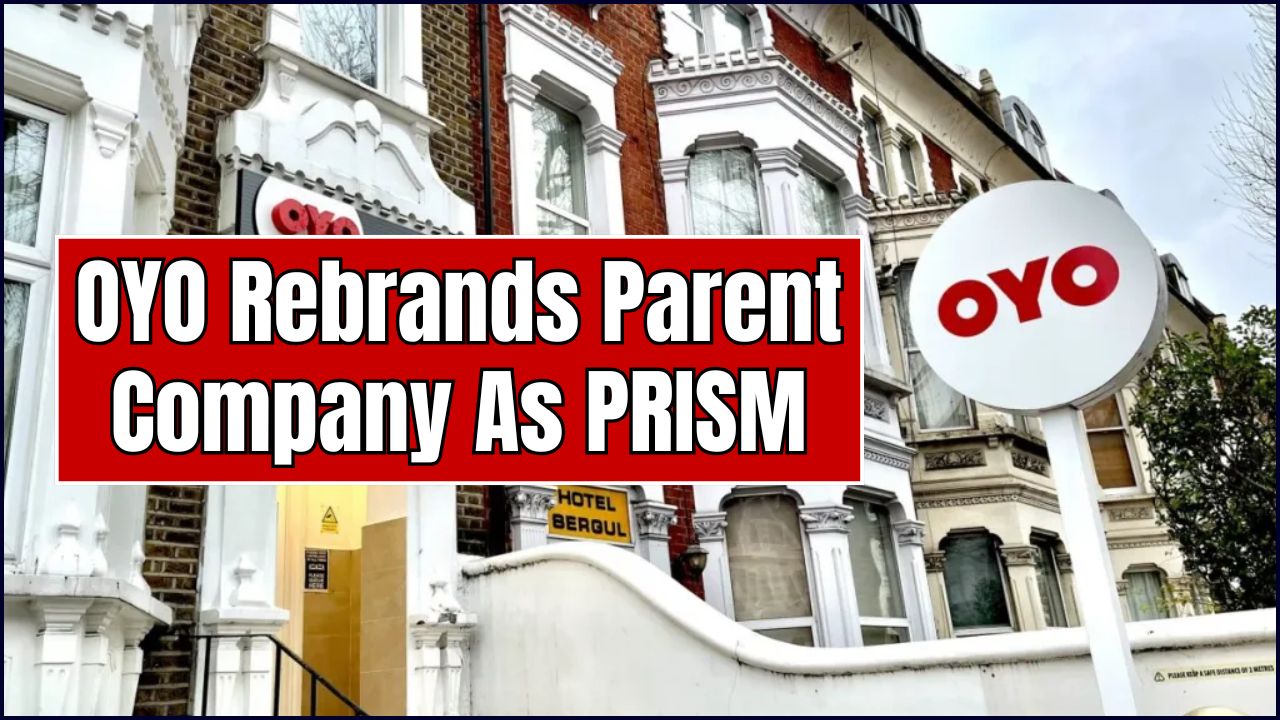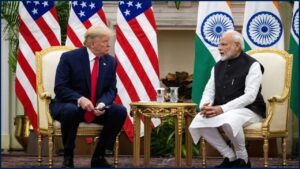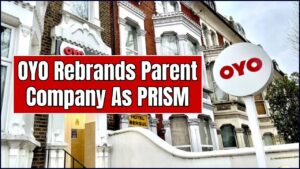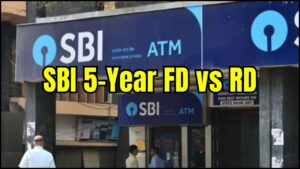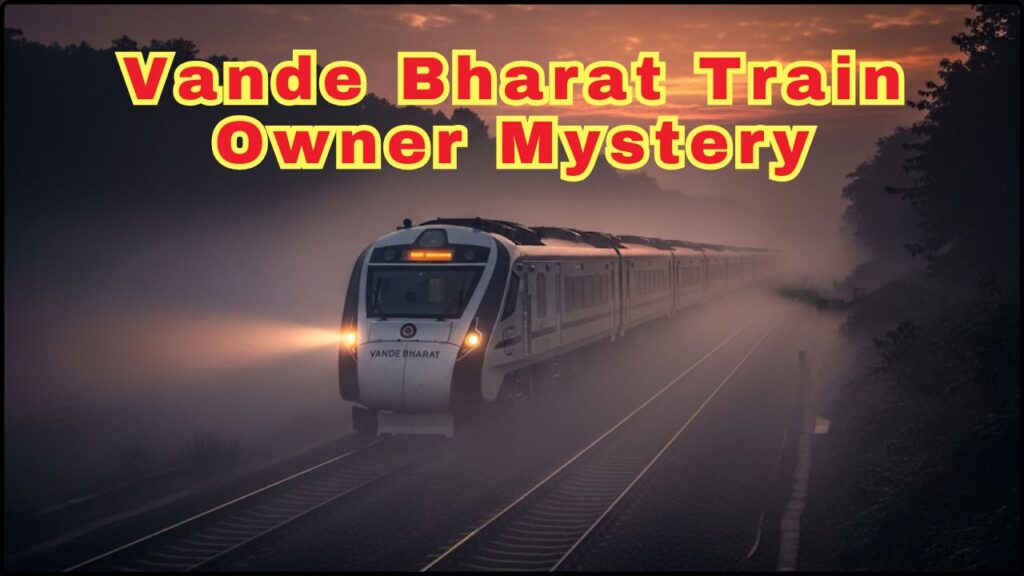
The Vande Bharat train ownership mystery has drawn public attention as Indian Railways continues to pay crores annually in lease rentals, despite building the trains in its own factories. The real owner, however, is the Indian Railway Finance Corporation (IRFC).
The Vande Bharat Model: Built in India, Owned by IRFC
The Vande Bharat Express, India’s semi-high-speed flagship, is designed and manufactured by the Integral Coach Factory (ICF) in Chennai under the “Make in India” programme. Despite this, the trains are not recorded as direct assets of Indian Railways.
Instead, they are owned by the Indian Railway Finance Corporation (IRFC), a government-owned financial arm that raises funds for railway infrastructure. IRFC finances rolling stock through bond issuances and loans, then leases the trains back to Indian Railways on long-term contracts.
This model allows the railways to expand its fleet without the burden of upfront capital expenditure.
Why Indian Railways Pays Lease Rentals
Indian Railways pays IRFC lease rentals each year for using the Vande Bharat trainsets, along with locomotives, Rajdhani and Shatabdi coaches, and freight wagons financed under similar arrangements.
According to the Ministry of Railways, IRFC has financed nearly 75 per cent of Indian Railways’ rolling stock acquisitions in recent decades. In return, lease rentals provide IRFC with a steady revenue stream, which it uses to repay investors and fund future acquisitions.
This arrangement has become a standard mechanism for managing cash flow and supporting large-scale modernisation efforts.
Financial Structure and Costs
Lease agreements typically span 30 years. For the first 15 years, Indian Railways pays both principal and interest to IRFC. For the next 15 years, it pays only a nominal maintenance charge.
In the financial year 2022–23, Indian Railways reportedly paid over ₹50,000 crore in lease rentals to IRFC, covering not only Vande Bharat but a wide range of assets. While critics argue this is a disguised form of debt repayment, officials maintain it is an efficient financing tool.
Public Confusion and Expert Views
The ownership structure has often sparked confusion, with many assuming that Indian Railways fully owns the Vande Bharat trains it proudly showcases.
Ajay Shukla, former Financial Commissioner of Indian Railways, explained in an interview that “the lease model ensures liquidity for the railways, while IRFC provides the financial muscle.”
Transport policy analysts note that similar financing models exist worldwide, particularly in sectors requiring heavy upfront investment, such as aviation and shipping.
Broader Context: Balancing Modernisation and Debt
The Vande Bharat fleet is central to India’s goal of modernising passenger services. More than 50 trains are currently operational, with plans for dozens more by 2030.
However, the reliance on IRFC financing has also raised concerns about rising debt obligations. According to Parliamentary Standing Committee reports, IRFC’s outstanding lease receivables from Indian Railways now exceed ₹4.5 lakh crore.
Experts warn that while the model provides flexibility, it also increases long-term liabilities that must be carefully managed to ensure sustainability.
Conclusion
The ownership of Vande Bharat trains lies not with Indian Railways but with the Indian Railway Finance Corporation. The lease model, though complex, enables rapid fleet expansion without immediate fiscal strain. Yet, as India’s railway modernisation accelerates, balancing ambition with long-term debt responsibility will remain a critical policy challenge.



